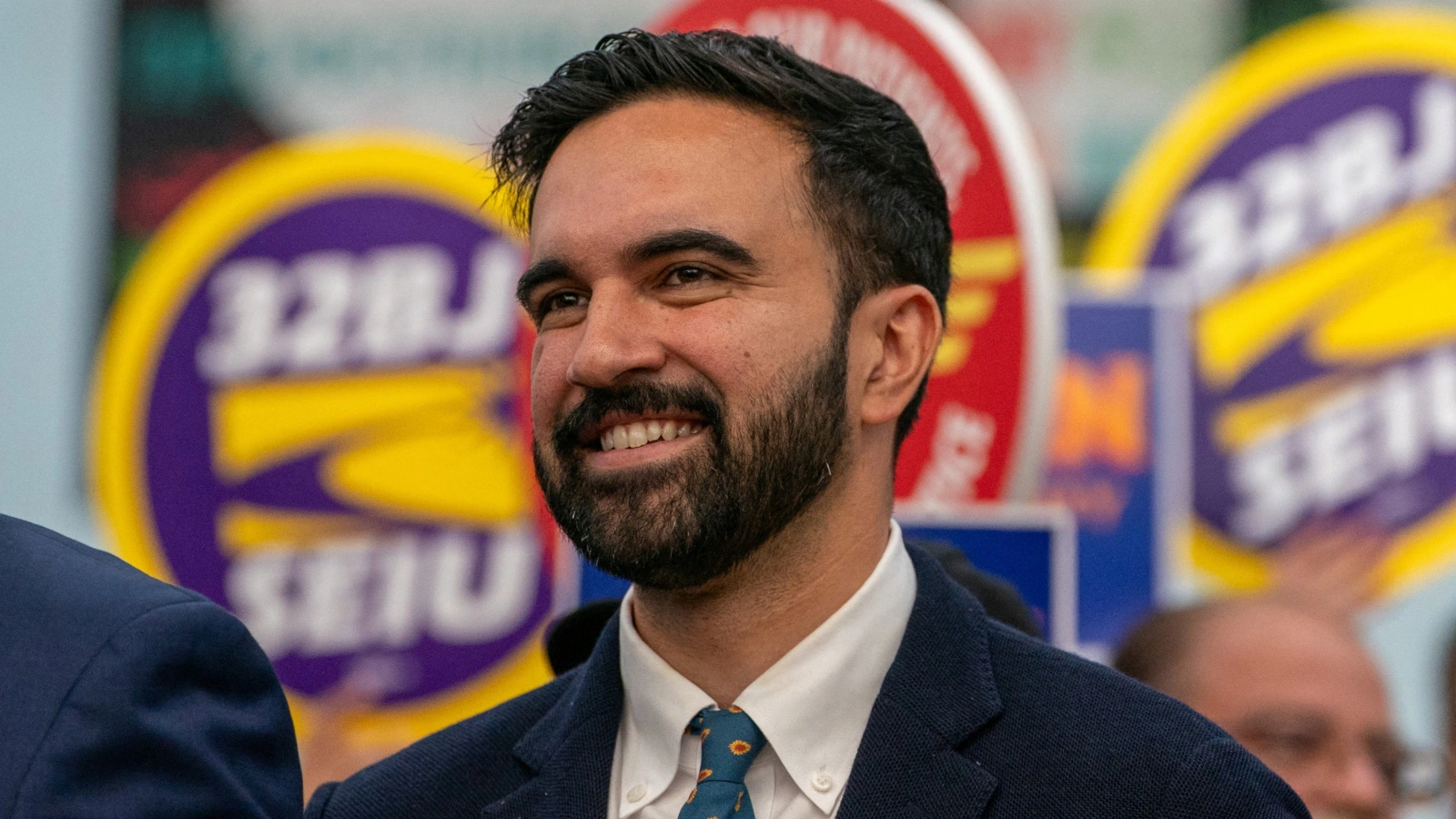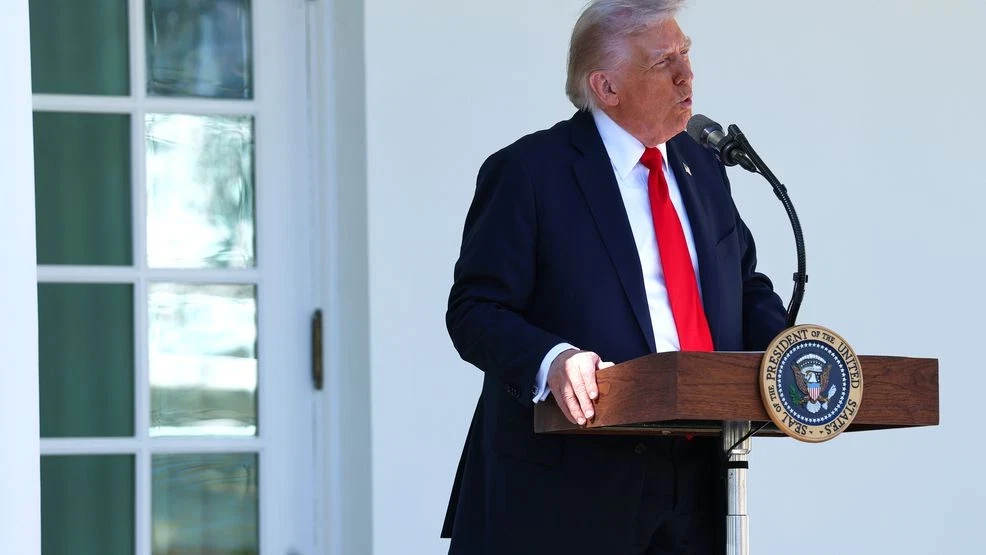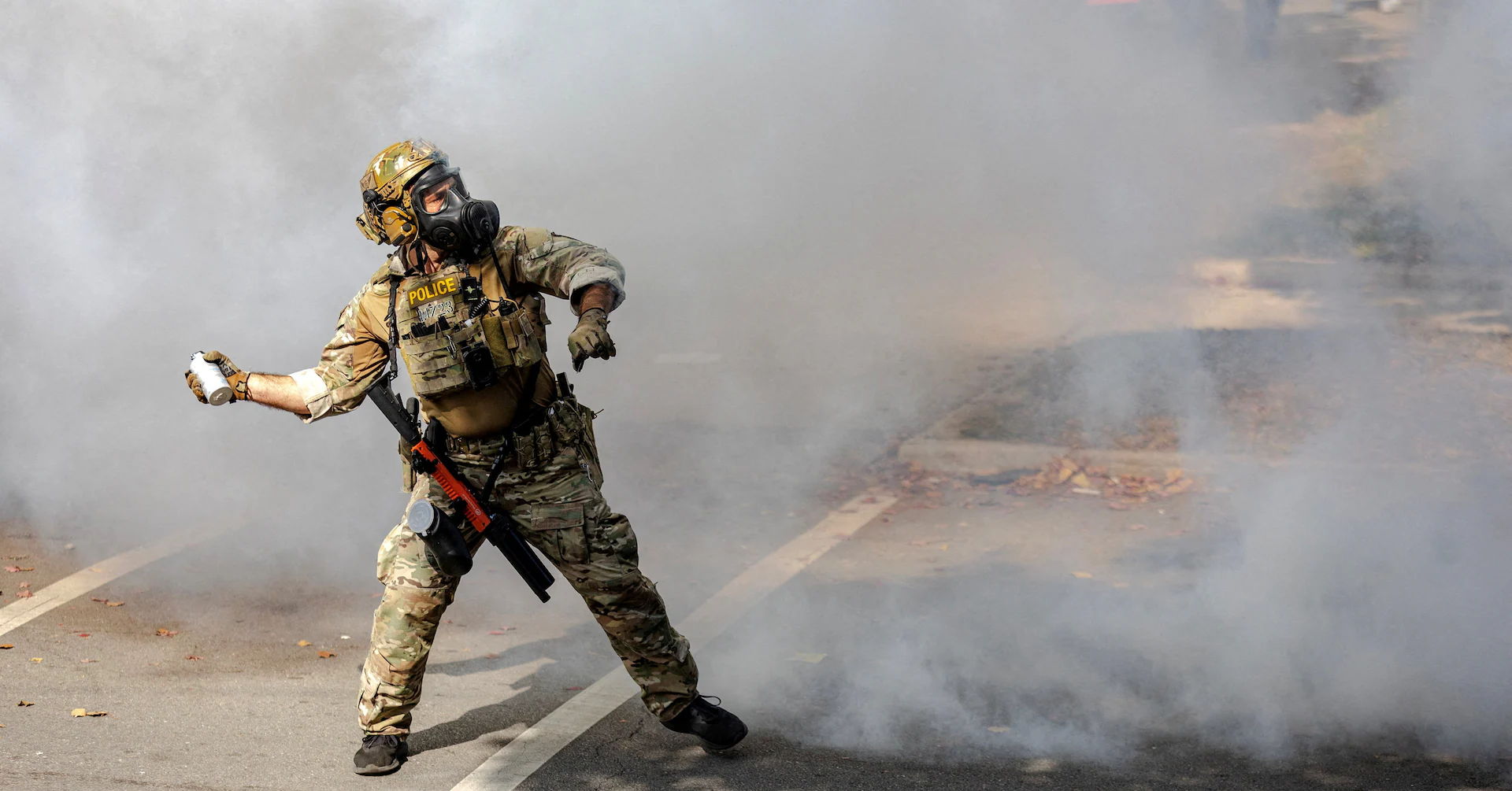Copyright news18

Zohran Mamdani’s victory in New York City is more than a local political upset—it’s a moment that resonates globally. At just 34, the Queens assembly member has become both a symbol of progressive politics and a new face for liberal movements in the US and India alike. His election as New York’s next mayor makes him the youngest in over a century, and the first Muslim and South Asian to ever hold the office. Mamdani’s triumph—defeating former governor Andrew Cuomo in both the primary and the general election, with the Republican contender far behind—marks a clear ideological shift. Beyond its symbolism, his win underscores a bold policy mandate: fare-free public transit, rent freezes for stabilised units, city-run grocery stores, universal childcare, 200,000 affordable homes, and a $30 minimum wage by 2030. For an Indian reader, this platform sounds familiar. For the past few years, we have been debating the concept of “revdi culture”, a type of politics that offers temporary relief but undermines fiscal responsibility. The label entered India’s mainstream lexicon in 2022, when the prime minister warned against a race to the bottom in electoral giveaways. That warning wasn’t about rejecting welfare; it was about drawing a line between safety nets that build capacity and handouts that entrench dependence. The tension India is wrestling with has now arrived, dressed in American idiom, on the grandest municipal stage in the world. Consider the mechanics, not just the morality. A rent freeze on rent-stabilised apartments in New York is not a mayoral dictate; it is set annually by an independent Rent Guidelines Board. Mayors influence the board through appointments and public pressure, but they do not simply wave rents to zero. Fare-free buses would require either a dedicated city subsidy to the transit authority or a negotiated shift at the state level, because New York’s buses are operated by a state-controlled agency. Ambitions about universal childcare, city-run groceries, and a $30 minimum wage meet similar hard edges: legal authority, state cooperation, and the small print of revenues and deficits. Even sympathetic policy analyses concede that without Albany’s buy-in, much of this agenda will stall—or blow a hole in city finances. None of this is to deny the pain that makes such promises potent. New York is brutally expensive. Young renters feel trapped by rising housing costs; working families are hammered by childcare fees and food inflation. Mamdani’s official platform directly speaks to those pain points: freeze the rent; build more housing; crack down on “bad landlords”; pilot city-run grocery stores to discipline prices; expand childcare; and lift the wage floor to $30 by 2030. The coherence is political and moral: if markets fail to deliver affordability, the city will. That clarity helped power an insurgent victory. But clarity of intent is not the same as clarity of funding. Here is where the analogy with India’s ‘revdi’ politics becomes useful rather than glib. In state after state, expansive freebies have strained budgets, crowded out investment, and deepened reliance on borrowing. India’s central bank has urged states to set a credible glide path for consolidation. Audit reviews have flagged the cumulative burden when free electricity, free diagnostics, or large untargeted subsidies stack up faster than revenues. The lesson is not that welfare is bad; it is that undisciplined promises are expensive, persistent, and politically hard to unwind once expectations are set. Look closely at two of Mamdani’s headline ideas. First, city-run grocery stores: one in each borough, selling at near-wholesale margins, exempt from rent and some taxes, positioned as an answer to “price gouging”. Variations on this concept have been attempted in the US, often for good reasons like food deserts. They also carry real operational risk: stocking, shrinkage, logistics, and the danger that publicly run retail crowds out private competitors while never achieving scale economies. Recent critiques have pointed to past municipal experiments that limped or closed after absorbing taxpayer subsidies. Whether New York can design around those failures is an open question; promising it will is not the same as proving it can. Second, the $30 by 2030 minimum wage. Conceptually, a city-specific wage floor recognises New York’s cost structure and aims to restore bargaining power for low-wage workers. Practically, it requires legal authority for the city to set its own wage and an assessment of spill-overs: hours cuts, formal-to-informal leakage, small-business closures, or accelerated automation. Even analysts broadly supportive of higher wages frame the first step as regulatory—winning the power to set the wage locally—before the economic debate even begins. If the city does gain that authority, the implementation would need a staggered path and clear offsets for small businesses to avoid the perverse outcome of fewer jobs at a higher statutory wage. Critics will say all of this is scaremongering, that big cities should be laboratories for bold ideas. Fair enough. But labs keep ledgers. New York’s tax base is already mobile at the top end; work-from-anywhere makes it more so. If higher earners and businesses conclude that the city’s model is redistribution without reform—price controls without supply growth, punitive taxes without service improvement—the exit ramps are well signposted. That is exactly how the worst version of ‘revdi’ politics plays out: a cascade in which promises multiply, capacity doesn’t, and the bill arrives when growth staggers and borrowing rises. This is why the “freeze the rent” slogan is the riskiest part of the narrative. Yes, New York must protect tenants from predation and displacement. But freezing regulated rents year after year—especially without structural reforms that expand supply—risks starving maintenance, discouraging investment in older stock, and shifting costs to the unregulated market, where prices spike further and scarcity bites harder. Housing policy built on choking prices rather than expanding homes repeats India’s mistake in electricity distribution: price caps that produce losses, under-investment, and rationing disguised as equity. There is a better way to frame “compassion politics” without tumbling into dependency politics. In India’s own vocabulary, ‘daan’ (charity) is virtuous when it builds the recipient’s capacity; it becomes ‘adharma’ when it entrenches helplessness. Translated to municipal policy: guarantee basic services, but pair them with growth-oriented reforms. If the mayor-elect wants enduring affordability, the priority must be supply—faster approvals, up-zoning wealthy enclaves, air-rights swaps, and a credible plan to build, not just cap, 200,000 homes. On transit, go after reliability and speed (bus-only corridors, signal priority, proof-of-payment) before “free”; the former raises productivity, the latter only raises costs. On childcare, target subsidies where the marginal benefit is highest and drive costs down via procurement and permitting. On wages, win the legal fight first, then phase carefully with small-business offsets and productivity-enhancing deregulation. That path doesn’t fit on a placard, but it outlives one news cycle. The Indian debate over ‘revdi’ culture reminds us of two final truths. First, once blanket entitlements are extended, rolling them back is politically near-impossible; design is destiny. Second, the fiscal space they consume is not abstract—it is the road not built, the classroom not staffed, the sewer not upgraded. New York’s incoming administration inherits a city of staggering strengths. If it chooses to spend its political capital on durable reforms instead of symbolic giveaways, it could achieve what freebie politics rarely does: dignity through independence. If it doesn’t, the world’s most watched city may relearn lessons India has been trying, painfully, to teach itself. The author teaches journalism at St Xavier’s College (autonomous), Kolkata. His handle on X is @sayantan_gh. Views expressed in the above piece are personal and solely those of the author. They do not necessarily reflect News18’s views.



